Mark Story: The state of Kentucky has produced a 21st century TV hit. It's called the Derby.
Published in Horse Racing
LEXINGTON, Ky. — Poor Mike Tirico had to be scratched Saturday from the NBC Sports telecast of the 151st Kentucky Derby. The veteran broadcaster explained subsequently that he had been sidelined by “a significant reaction to my nut allergy.”
Tirico, 58, not only missed out on hosting the coverage of the hard-charging Sovereignty’s victorious stretch run against the favored Journalism. He also lost the chance to speak to the largest viewing audience, by ratings, ever to watch the Kentucky Derby on NBC — and in the 21st century.
According to NBC Sports, the race portion of Saturday’s Kentucky Derby broadcast averaged 17.7 million viewers. That made it the most-watched Kentucky Derby since NBC took over broadcasting the Run for the Roses in 2001 — and the largest audience for any Derby in 36 years.
You have to go all the way back to the 1989 Derby, won by Sunday Silence over the favored Easy Goer, which averaged 18.5 million viewers, to find more people watching a Kentucky Derby telecast than viewed this year’s.
From 7-7:15 p.m. Saturday, essentially the broadcast of the actual race and its immediate aftermath, NBC said 21.8 million viewers were watching. That was the most-watched quarter hour of Kentucky Derby coverage since the Peacock Network began telecasting the event 24 years ago.
All of which leads to two observations:
— It appears the commonwealth of Kentucky has a television hit on its hands. The Kentucky Derby, which began in the 19th century and is the longest-running continuously held major sporting event in the United States, seems to be experiencing a popularity boomlet in the third decade of the 21st century.
— The ability of the Derby to “float above” the problems that plague horse racing as a sport the other 364 days of the year never ceases to amaze.
In a sense, the Kentucky Derby is to overall horse racing what the NCAA Tournament is to the men’s college basketball regular season: An anomalous cultural phenomenon that seems largely immune to the middling, at best, overall popularity of the underlying sport.
From a big picture view, the news about the horse racing industry leading into this year’s Kentucky Derby was concerning. USA Today ran a column pointing out that thoroughbred horse racing is facing “major threats” in both Florida and California.
In Florida, the future of Gulfstream Park is imperiled. The track’s owner, The Stronach Group, has been seeking permission from the Florida legislature to “decouple” its casino revenue from having to be used to support horse racing.
The thought is that The Stronach Group envisions far more lucrative uses than horse racing for the 250 acres of land it owns in Hallandale Beach, Fla., upon which Gulfstream Park sits.
Meanwhile, on the left coast, the once-thriving Southern California racing circuit is threatened by a shortage of horses. The paucity of stock to run in races exists because purses in the Golden State have fallen well behind those available in other states because casino gambling revenue is not tethered to horse racing in California as it is elsewhere.
Yet none of the horse racing industry’s multitude of problems weigh down the Kentucky Derby.
In part, that owes to the formula NBC Sports has perfected for presenting the Derby. From glitzy celebrity coverage to Derby hats and fashion reporting to the heart-tugging feature stories that are so plentiful around the Kentucky Derby, NBC broadcasts the event in a way that appeals to multiple audiences
One caveat about this year’s boffo Kentucky Derby TV numbers. Writing for Sports Media Watch, Jon Lewis notes that current TV ratings figures are inflated by the fact that “Nielsen did not begin tracking out-of-home viewing in its estimates until 2020 and did not do so in 100 percent of markets until earlier this year.”
According to Lewis, the Kentucky Derbys of 2009 (16.3 million viewers), 2010 (16.5 million), 2013 (16 million), 2015 (16 million ), 2017 (16..5 million) and 2019 (16.5 million) likely would have had better ratings numbers than this year’s Kentucky Derby did if “out-of-home viewing (had) been tracked then.”
Which is not to suggest that the 2025 Kentucky Derby was anything other than a television hit.
According to Sports Media Watch, if you take out football telecasts and the Olympics, then this year’s Derby (average of 17.7 million viewers) was the third-most-watched televised sporting event in the United States in the past year.
Only Game 5 of the World Series between the Los Angeles Dodgers and the New York Yankees (18.15 million viewers) and the men’s basketball NCAA championship game between Florida and Houston (18.1 million) drew larger audiences in the past year than the venerable Run for the Roses.
Which is fairly amazing when you consider: The first Kentucky Derby was run on May 17, 1875.
How many other events with roots in the 19th century still captivate the public imagination in the 21st century the way the 2025 Derby just did?
____
©2025 Lexington Herald-Leader. Visit kentucky.com. Distributed by Tribune Content Agency, LLC.
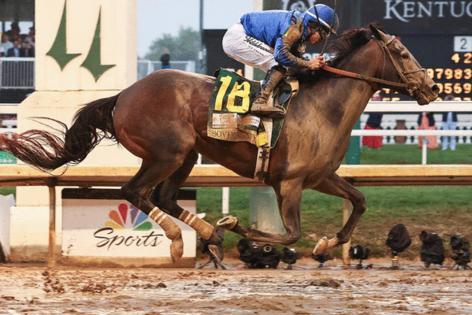

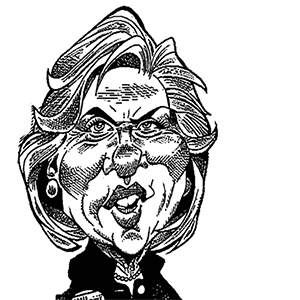
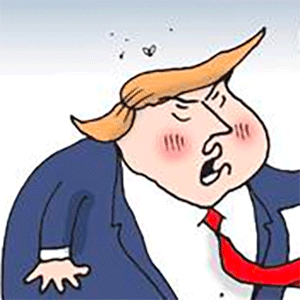

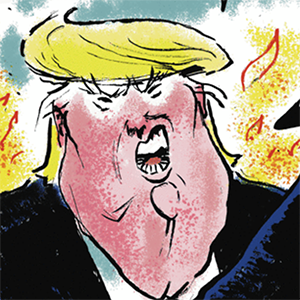
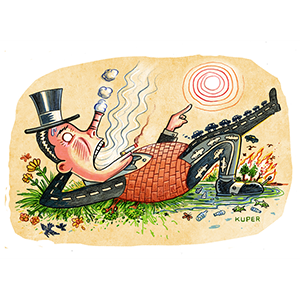
Comments